Join getAbstract to access the summary!
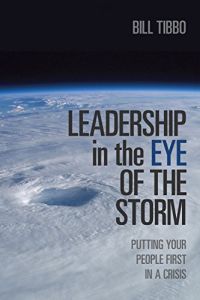
Join getAbstract to access the summary!
Bill Tibbo
Leadership in the Eye of the Storm
Putting Your People First in a Crisis
University of Toronto Press, 2016
What's inside?
You may never need to apply these lessons – but if disaster strikes, you’ll be prepared.
Recommendation
Don’t put off planning how to take care of your employees in a disaster. This guide by crisis management expert Bill Tibbo relates firsthand accounts of four leaders’ successful efforts during potentially catastrophic times. Follow Tibbo’s practical steps to prepare your business, support your staff, recover fully, and maintain or rebuild your place in the market. Tibbo provides a go-to resource for companies creating or refining crisis or disaster recovery plans. getAbstract finds that Tibbo’s guidance will matter to anyone involved in disaster planning and anyone who should be: managers at all levels, HR and employee assistance program staff, and emergency response teams.
Summary
About the Author
For 30 years, Bill Tibbo has guided organizations preparing for, responding to and bouncing back from crises – including shootings, terrorist attacks, epidemics, suicides and natural disasters.









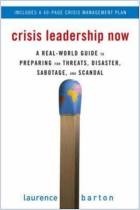
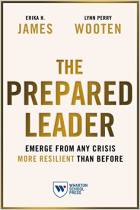

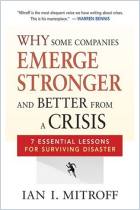
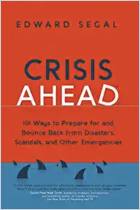




Comment on this summary